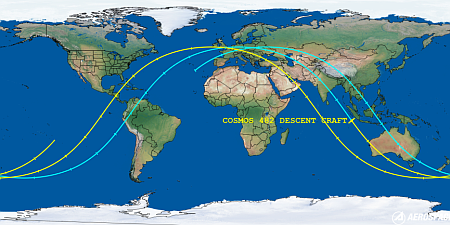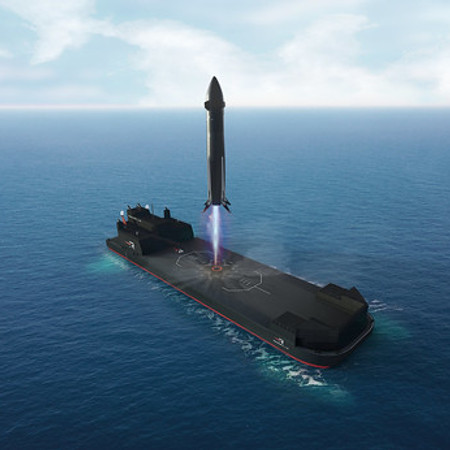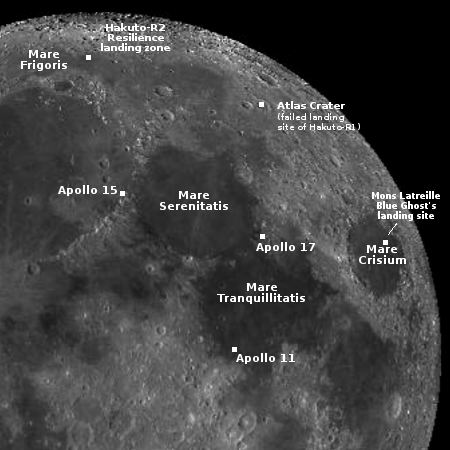NASA releases thermal image of Mars taken by Europa Clipper
NASA yesterday released a thermal image of Mars taken by during Europa Clipper’s March 1, 2025 fly-by of the red planet on its way to Jupiter. From the caption:
This picture of Mars is a composite of several images captured by Europa Clipper’s thermal imager on March 1. Bright regions are relatively warm, with temperatures of about 32 degrees Fahrenheit (0 degrees Celsius). Darker areas are colder. The darkest region at the top is the northern polar cap and is about minus 190 F (minus 125 C).
The press release doesn’t identify the bullseye feature on the left. I think the bright area inside the bullseye might be the shield volcano Syrtis Major, with the dark area to the right Isidis Basin, which means this is also a snapshot of Perseverance, sitting on the basin’s western perimeter. The dark feature on the right edge of the image might be the giant volcano Elysium Mons. These however are total guesses and likely wrong.
The mission team used this fly-by to test the spacecraft’s science instruments, and have so far found all to be working as expected.
Europa Clipper will do one more fly-by of Earth in December 2026, allowing it to reach Jupiter in April 2030.
NASA yesterday released a thermal image of Mars taken by during Europa Clipper’s March 1, 2025 fly-by of the red planet on its way to Jupiter. From the caption:
This picture of Mars is a composite of several images captured by Europa Clipper’s thermal imager on March 1. Bright regions are relatively warm, with temperatures of about 32 degrees Fahrenheit (0 degrees Celsius). Darker areas are colder. The darkest region at the top is the northern polar cap and is about minus 190 F (minus 125 C).
The press release doesn’t identify the bullseye feature on the left. I think the bright area inside the bullseye might be the shield volcano Syrtis Major, with the dark area to the right Isidis Basin, which means this is also a snapshot of Perseverance, sitting on the basin’s western perimeter. The dark feature on the right edge of the image might be the giant volcano Elysium Mons. These however are total guesses and likely wrong.
The mission team used this fly-by to test the spacecraft’s science instruments, and have so far found all to be working as expected.
Europa Clipper will do one more fly-by of Earth in December 2026, allowing it to reach Jupiter in April 2030.









